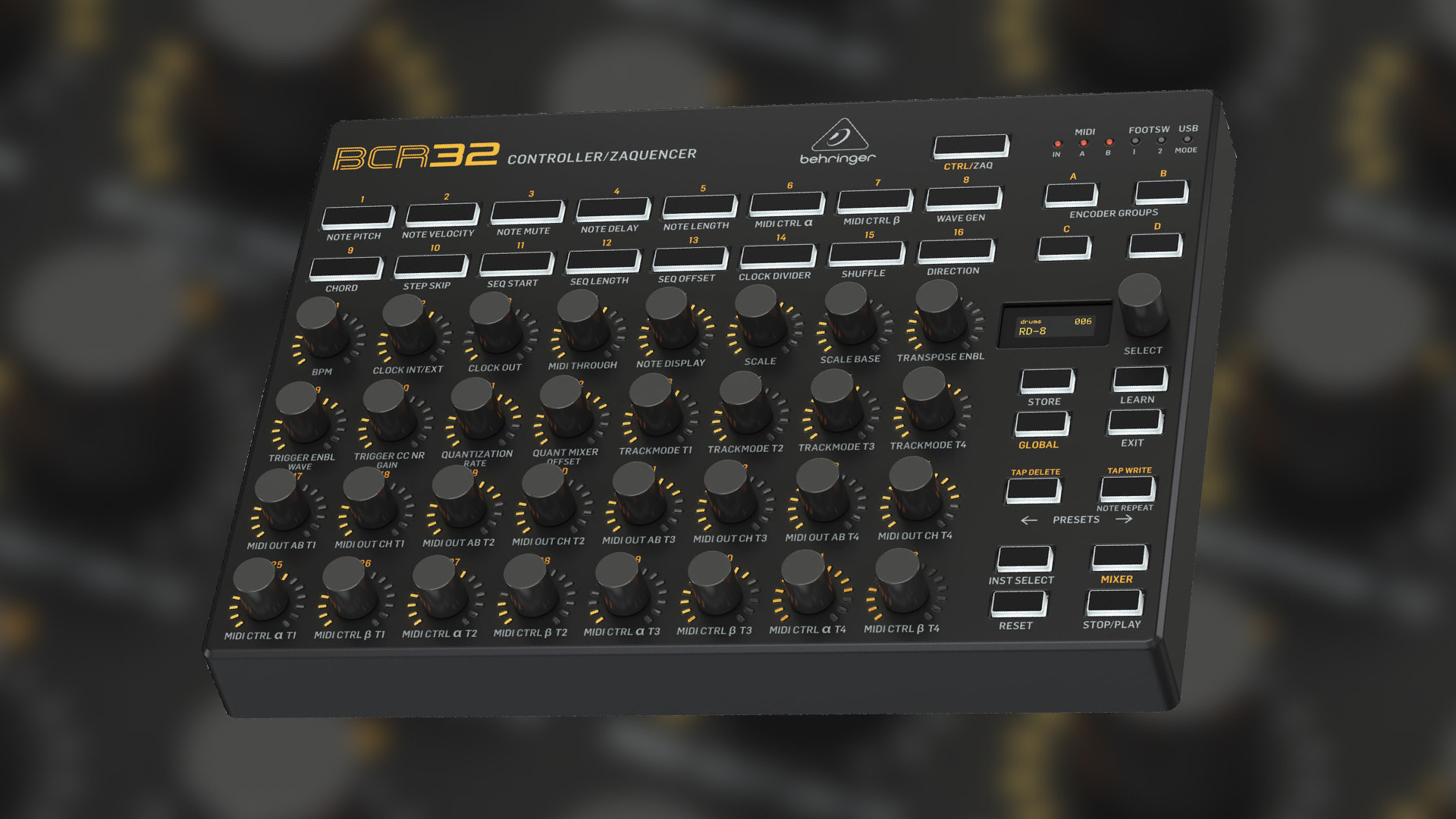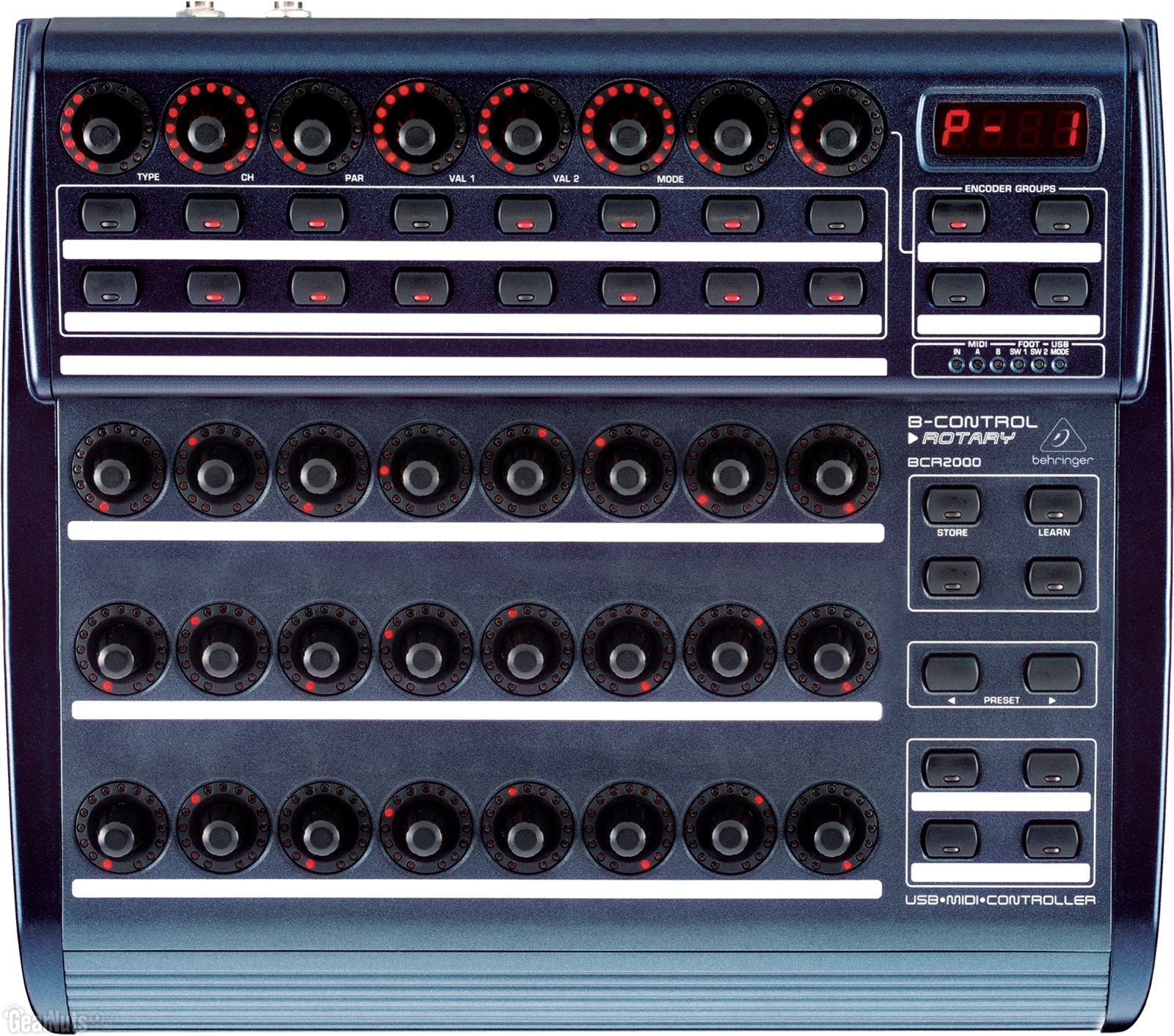

- #BCR 2000 TO EDIT SYNTH HOW TO#
- #BCR 2000 TO EDIT SYNTH UPDATE#
- #BCR 2000 TO EDIT SYNTH WINDOWS 10#
- #BCR 2000 TO EDIT SYNTH SOFTWARE#
You can download VirtualMIDISynth 2.0 from the Coolsoft website where you’ll also find links to some excellent and free SoundFont libraries.While traveling through the many landmarks of the Commonwealth, the Sole Survivor can experience random encounters. Ok, so it’s not going to change your life, but VirtualMIDISynth is free and makes your life better if you ever happen to run into a MIDI file. Also, many older games used MIDI for playback. This sort of functionality is huge with fans of Karaoke.
#BCR 2000 TO EDIT SYNTH SOFTWARE#
You can alter the pitch and tempo without all this messing about with time-stretching and pitch correction software – because it’s just MIDI. MIDI files contain individual tracks, letting you mix, mute and replace sounds at will. MIDI files are tiny and you can fit thousands in a few megabytes. Surely no one messes around with MIDI files these days? Well, they can and they should. “HKEY_LOCAL_MACHINE\SOFTWARE\Microsoft\Windows NT\CurrentVersion\Drivers32” and edit the “MIDIMapper” entry to direct itself to VirtualMIDISynth. But if not then you either have to download CoolSoft’s MIDIMapper to put that functionality back in or use a registry hack:
#BCR 2000 TO EDIT SYNTH WINDOWS 10#
Having just installed VirtualMIDISynth on Windows 10 myself I’ve found that it’s automatically being used by Media Player, as in the image above. Microsoft stripped out the MIDI Mapper in Windows 8 and 10, which means there’s no way to tell Windows which MIDI device to use by default. *This is actually more of a pain in the arse than you’d think. It could revolutionise the playback of MIDI files on your Windows PC. It has an integrated MIDI converter to render your MIDI files into MP3. There’s a MIDI mixer to get into track volumes and the muting of parts. It can run up to 4 virtual devices, each with its own SoundFont configuration. It appears as a device and all you have to do is select it as the default MIDI player*. You don’t have to load up a separate application or do any virtual MIDI routing. VirtualMIDISynth now installs as a multimedia driver, so it’s right there within Windows.

They’ve also been around for decades, forming part of the Creative Labs Sound Blaster and Emu soundcards, but they’ve continued to grow and develop. There’s now a huge library of sounds out there, not just General MIDI, but specialised and dedicated banks for all sorts of music. SoundFonts are sample based sound libraries that are capable of being much larger, layered and detailed.

VirtualMIDISynth offers the opportunity to replace the Microsoft one with something just as easy but infinitely superior. They’ve been at this a little while but the new version really nails it. Into the MIDI file sound quality void leaps VirtualMIDISynth version 2.
#BCR 2000 TO EDIT SYNTH HOW TO#
You can, right now, head over to, download Bohemium Rhapsody ( click here) and listen to the synth play it’s little heart out (if asked how to handle the file select “Windows Media Player”).
#BCR 2000 TO EDIT SYNTH UPDATE#
The only change or update it’s received since then is moving from 32 note polyphony to 64 note polyphony with the arrival of Windows XP in 2001. It was licensed from Roland in 1996 and based upon a sound set they created in 1991. This veritable synthesizer engine has been part of the core Windows operating System since Windows 98.


 0 kommentar(er)
0 kommentar(er)
